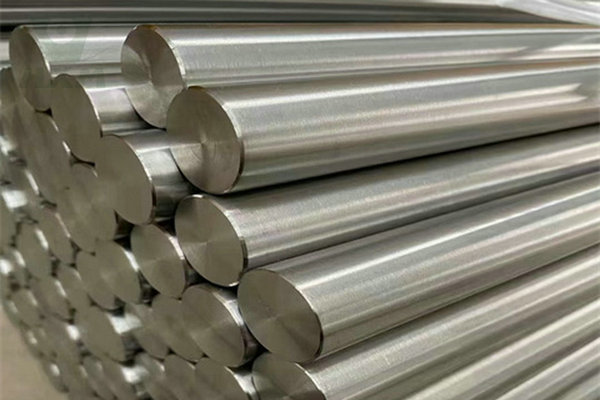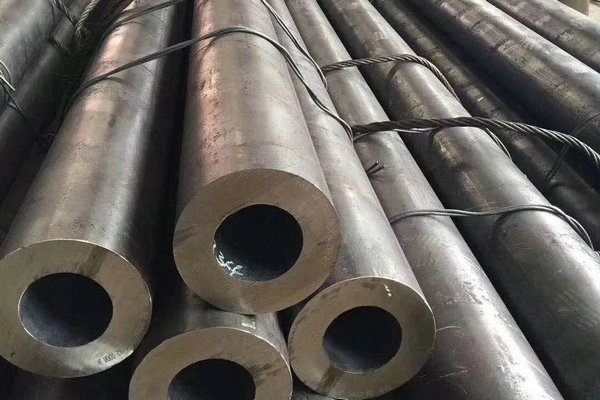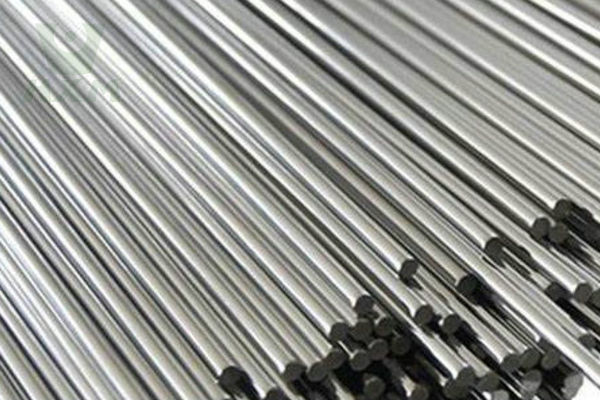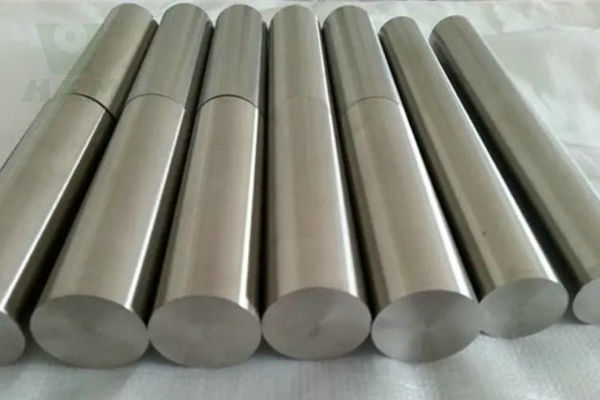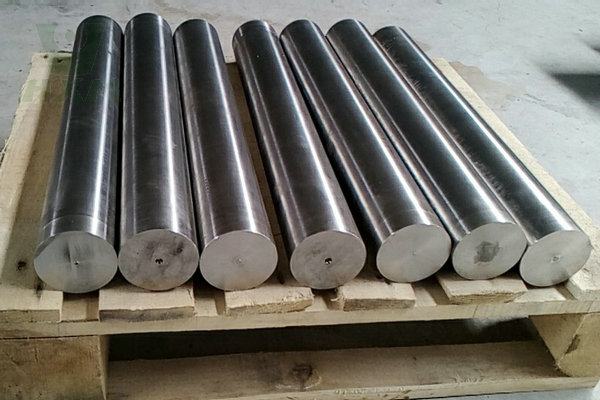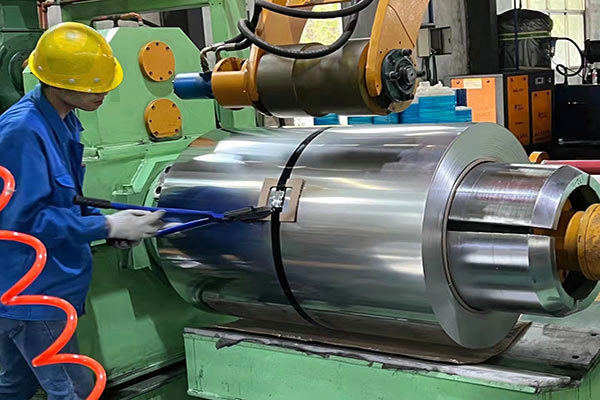Precipitation Hardening Stainless Steel Supplier and Manufacturer From China
Precipitation hardening stainless steel is known for its excellent high strength and corrosion resistance and is one of the ideal high-strength stainless steel material options. It forms high strength and high hardness through heat treatment and is suitable for high-performance stainless steel product scenarios such as aerospace, chemical, medical, and shipbuilding. Our company provides high-quality precipitation hardening stainless steel products to customers around the world. Welcome to contact us for the latest quotes and stock information.
As an excellent precipitation hardening stainless steel supplier, we have a large precipitation hardening stainless steel production factory. If you need to buy precipitation hardening stainless steel products, you can fill out the form to contact us and we will provide you with competitive precipitation hardening stainless steel prices.
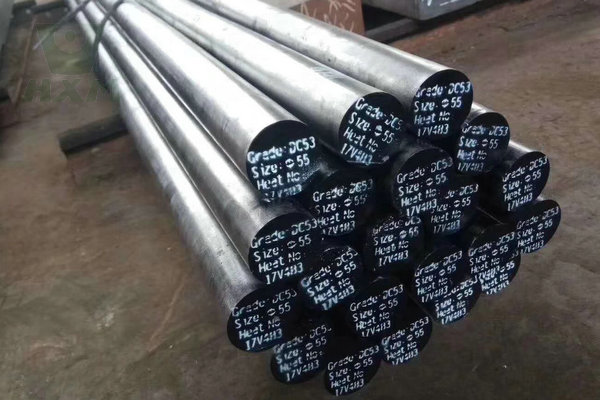
Precipitation Hardening Stainless Steel For Sale
Grades: 17-4PH(05Cr17Ni4Cu4Nb,sus630), 17-7PH(07Cr17Ni7Al,sus631), 15-7PH(0Cr15Ni7Mo2Al), 15-5PH (05Cr15Ni5Cu4Nb), etc.
Sizes: Custom sizes available
Shapes: Sheet/Plate/Bar/Tube/Strip/Coil/Wire, etc.
Temper: H900, H1150, H950, H1025, H1075, etc.
Standard: ASTM A564, AMS 5643, AMS 5659, ASTM A693, AMS 5629, AMS 5604, etc.
Huaxiao Metal specializes in the supply of precipitation hardened stainless steel in various specifications, including 17-4PH, 15-5PH, 17-7PH, 13-8Mo, and other grades, ensuring stable quality, sufficient inventory, and competitive prices. Contact us now to get a quote!
Precipitation Hardening Stainless Steel Data Sheet
Chemical Composition Comparison (%)
| Grade | C | Cr | Ni | Cu | Mo | Mn | Si | Others |
|---|---|---|---|---|---|---|---|---|
| 17-4 PH | ≤ 0.07 | 15.0-17.5 | 3.0-5.0 | 3.0-5.0 | – | ≤ 1.0 | ≤ 1.0 | Nb 0.15-0.45 |
| 15-5 PH | ≤ 0.07 | 14.0-15.5 | 3.5-5.5 | 2.5-4.5 | – | ≤ 1.0 | ≤ 1.0 | Nb 0.15-0.45 |
| 13-8 Mo | ≤ 0.05 | 12.25-13.25 | 7.5-8.5 | – | 2.0-2.5 | ≤ 0.1 | ≤ 0.1 | Al 0.9-1.35 |
| PH 13-8 | ≤ 0.05 | 12.25-13.25 | 7.5-8.5 | – | 2.0-2.5 | ≤ 0.10 | ≤ 0.10 | Al 0.90-1.35 |
| 17-7 PH | ≤ 0.09 | 16.0-18.0 | 6.5-7.75 | – | – | ≤ 1.0 | ≤ 1.0 | Al 0.75-1.5 |
| 15-7 Mo | ≤ 0.09 | 14.0-16.0 | 6.5-7.75 | – | 2.0-3.0 | ≤ 1.0 | ≤ 1.0 | Al 0.75-1.5 |
- Al is added to 17-7 PH and 15-7 Mo stainless steels to enhance the material’s precipitation hardening characteristics, making them suitable for high-strength and fatigue-resistant applications.
- 15-7 Mo contains Mo to increase corrosion resistance.
- Comparing the compositions of precipitation-hardening stainless steel grades can help select the most appropriate material, which should be determined based on the application requirements and the material supplier’s specifications.
Physical Properties Comparison
| Grade | Density (g/cm³) | Thermal Conductivity (W/m·K) | Electrical Resistivity (µΩ·cm) | Elastic Modulus (GPa) | Coefficient of Thermal Expansion (µm/m·K) |
|---|---|---|---|---|---|
| 17-4 PH | 7.75 | 17.0 | 80 | 200 | 10.8 |
| 15-5 PH | 7.75 | 16.0 | 90 | 200 | 10.8 |
| 13-8 Mo | 7.80 | 15.4 | 87 | 200 | 10.3 |
| 17-7 PH | 7.80 | 15.0 | 85 | 200 | 10.4 |
| 15-7 Mo | 7.80 | 14.6 | 87 | 200 | 10.4 |
These properties are approximate, as slight variations can occur due to differences in processing and exact composition.
Mechanical Properties Comparison
| Grade | Condition | Tensile Strength (MPa) | Yield Strength (MPa) | Elongation (%) | Hardness (HRC) |
|---|---|---|---|---|---|
| 17-4 PH | H900 | 1310 | 1170 | 10 | 40-47 |
| H1150 | 930 | 725 | 16 | 28-34 | |
| 15-5 PH | H900 | 1310 | 1170 | 12 | 42-46 |
| H1150 | 930 | 725 | 15 | 28-34 | |
| 13-8 Mo | H950 | 1240 | 1070 | 10 | 38-44 |
| H1150 | 1035 | 965 | 13 | 32-36 | |
| 17-7 PH | Condition A | 1035 | 965 | 9 | 36-40 |
| Condition TH1050 | 1400 | 1240 | 6 | 47-51 | |
| 15-7 Mo | Condition A | 1035 | 965 | 9 | 36-40 |
| Condition TH1050 | 1375 | 1170 | 7 | 44-48 |
- Tensile Strength indicates the maximum stress the material can withstand.
- Yield Strength is the stress at which the material begins to deform permanently.
- Elongation measures ductility, showing how much the material can stretch before breaking.
- Hardness (HRC) reflects resistance to deformation or scratching, particularly useful for wear-resistance considerations.
These values are provided for reference only and properties may vary slightly depending on the exact alloy composition and heat treatment process. Each precipitation hardening manufacturer’s values will have slight differences, but the overall data will not vary much.
Precipitation Hardening Stainless Steel Application
Precipitation hardening stainless steel is widely used in fields with strict requirements on material strength and corrosion resistance, including:
Aerospace: Suitable for aircraft parts and structural parts, providing lightweight and high-strength solutions.
Chemical and petroleum: Maintain good performance in corrosive environments, suitable for oil well equipment, valves, and pipelines.
Medical equipment: Used for surgical instruments and medical implants, ensuring high strength and corrosion resistance.
Marine engineering: Suitable for use in marine and salt spray environments, extending the service life of equipment.
Automobile manufacturing: Used for important components such as transmissions and bearings, ensuring high strength and wear resistance.
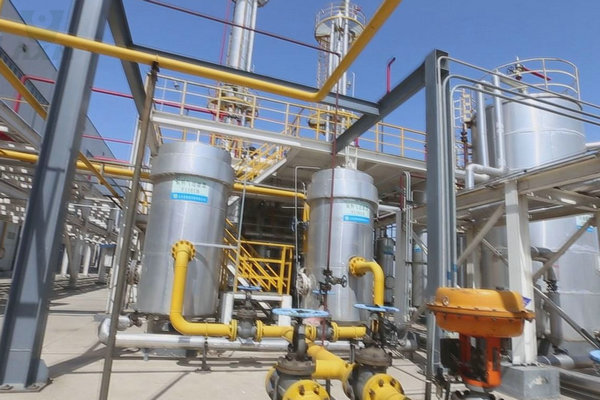

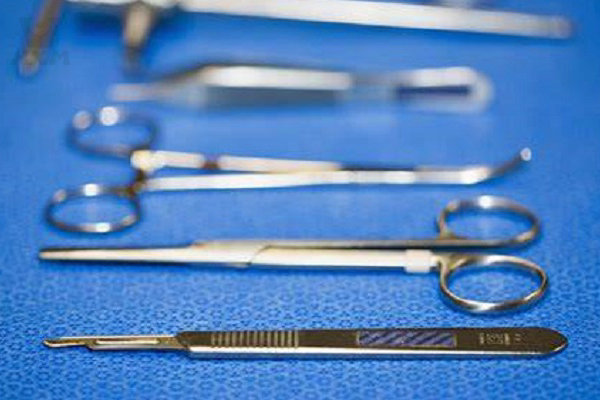
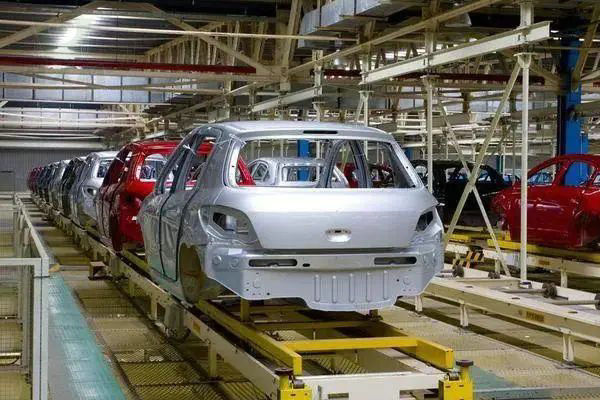
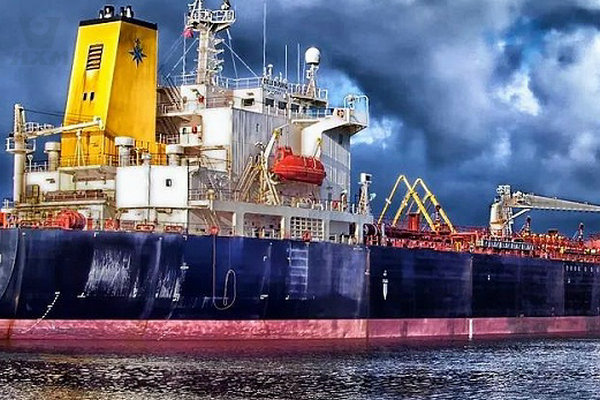
Product Features of Precipitation Hardened Stainless Steel
High strength and hardness: The strength after heat treatment can be as high as 1500 MPa, suitable for applications requiring extremely high strength.
Excellent corrosion resistance: Especially suitable for the chemical environment and marine climate conditions, with good corrosion resistance.
Easy to process: Precipitation hardened stainless steel has good processability before hardening, and can be further hardened after processing to improve performance.
Excellent wear resistance: Long service life and can maintain stable performance in a high friction environment.
Need high-strength, corrosion-resistant stainless steel? Huaxiao Metal has it in stock!
FAQ From Huaxiao Metal Supplier
What is Precipitation Hardening Stainless Steel?
Precipitation hardened stainless steel is a type of stainless steel that achieves high strength through a heat treatment process called precipitation hardening. This process increases the strength and hardness of the stainless steel by forming fine particles, or precipitates, in the alloy matrix. These steels, often called PH stainless steels, combine corrosion resistance and strength, making them ideal for applications that require a durable, high-strength material that can withstand harsh environments. Common grades include 17-4 PH, 15-5 PH, and 13-8 Mo, etc.
What is the Process of Precipitation Hardening?
Precipitation hardening is a three-stage heat treatment process that strengthens and hardens alloys by creating small particles in the material structure:
Solution treatment: The alloy is heated to a high temperature to dissolve the elements into a solid solution, then cooled rapidly to trap the alloying elements in the metal matrix.
Quenching: The material is cooled rapidly (quenched) to retain the elements in solution, preventing them from precipitating out as the material cools.
Aging: The alloy is reheated to a moderate temperature and held for some time. During aging, the trapped elements precipitate as very fine particles, strengthening the alloy by hindering dislocation movement.
The process produces a hardened, high-strength material suitable for structural applications in aerospace, military, and industrial machinery.
What is Precipitation Hardening Stainless Steel Welding?
Welding precipitation-hardened stainless steels requires careful control to maintain the strength and corrosion resistance of the weld area. Typically, welding is performed before the final aging stage of the heat treatment process. After welding, the material is aged to restore its mechanical properties. This technique ensures that the strength and corrosion resistance of the weld area remain the same as the rest of the material. Some PH stainless steels, such as 17-4 PH, are easier to weld and better retain their properties after welding.
How to choose the right precipitation hardening stainless steel?
Consider strength requirements: Do you need extremely high tensile strength? Choose 17-4PH, 17-7PH.
Corrosion resistance: Do you need high corrosion resistance? Choose 15-5PH, 13-8Mo.
Processing performance: Do you need welding and machining? 15-5PH and 17-4PH are more suitable.
Application industries: Aviation, medical, marine environment, choose the most suitable grade.
What is the Difference Between Martensitic and Precipitation Hardening Stainless Steel?
The main difference between martensitic stainless steel and precipitation hardening stainless steel is their strengthening mechanism and applications:
Strengthening mechanism: Martensitic stainless steel hardens by rapid cooling (quenching), which transforms the structure into a hard and brittle martensite phase. However, precipitation hardening stainless steel gains strength through aging, when fine particles form in the alloy matrix.
Properties: Martensitic stainless steels typically have high hardness and moderate corrosion resistance, while precipitation hardening stainless steels combine high strength, corrosion resistance, and toughness.
Applications: Martensitic stainless steels are widely used in applications where hardness is required, such as knives, cutting tools, and turbine blades. Precipitation hardening stainless steels have balanced strength and corrosion resistance and are used in aerospace components, valve components, and high-stress structural applications.
Martensitic Stainless Steel vs. Precipitation Hardening Stainless Steel

